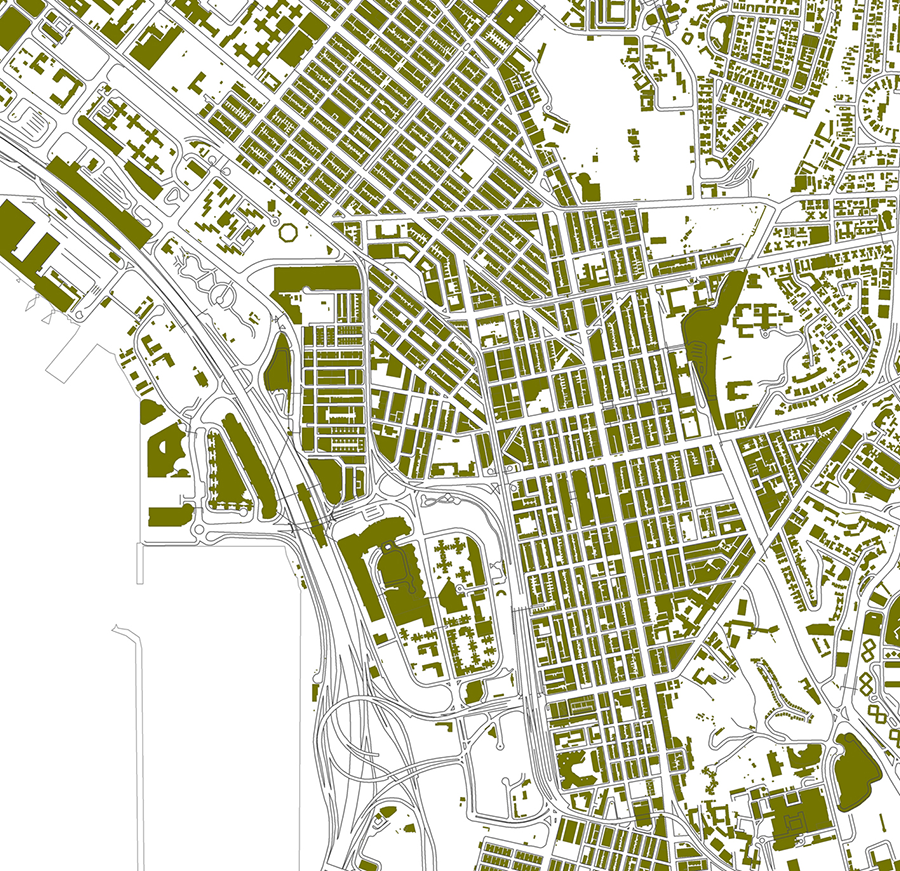Climate Resilience
Building Morphology for Better Ventilation (Building Scale)

Impact of different building design strategies on pedestrian-level natural ventilation
At tropical/subtropical high density cities, compact building blocks create stagnant air that worsens outdoor urban thermal comfort.
In this study, a computational parametric study is conducted to attain two objectives. First, the study aims to evaluate the effect of rapid urbanisation on natural ventilation and predict wind performance in the future. Second, it aims to derive a scientific understanding of an acceptable outdoor thermal comfort in summer in choosing appropriate design and planning strategies to efficiently improve the pedestrian-level natural ventilation in a regular street grid while preserving land use efficacy.
The current study adopts the κ–ω SST turbulence model to simulate air flow in urban areas. Wind speed classification is derived based on Physiological Equivalent Temperature (PET) to evaluate the effect of wind speed on outdoor thermal comfort. Numerical analysis compares the effects of different building morphology modifications on pedestrian-level natural ventilation. Critical design issues are also identified.
From both the accuracy and practical points of view, the current study allows city planners and architects to improve building porosity efficiently for better pedestrian-level urban ventilation, without losing land use efficacy.

Figure. Quantitate analysis on impact of building porosities on wind profiles within the urban canopy layer.
Outputs:
- Planning and design strategies are developed to improve urban ventilation;
- Scientific understandings on effects of building porosities on air flow are provided;
- κ–ω SST model are applied to simulate turbulence flows in urban areas;
- We calibrates simulation results using wind tunnel studies;
- The study derives a wind speed classification based on outdoor thermal comfort.
Publications:
- Yuan C*, Ng E, 2012, Building porosity for better urban ventilation in high-density cities – A computational parametric study, Building and Environment. 50, pp.176-189.

Figure. Test area at Hong Kong.